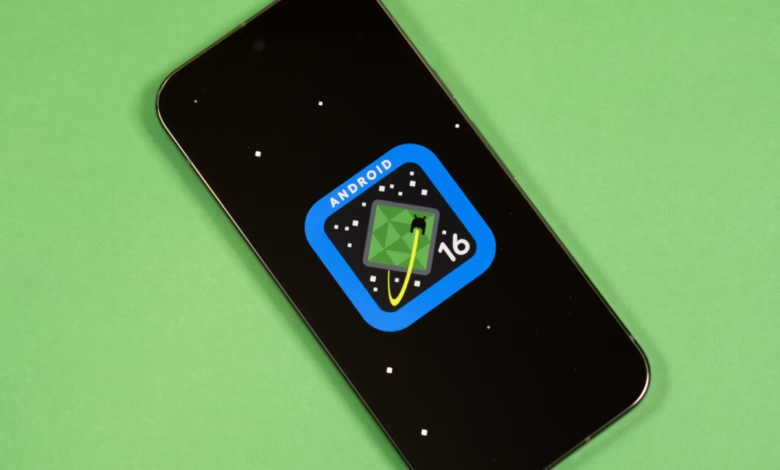Android 16 Review: Worth the Hype?

▼ Summary
– Google released Android 16, featuring minor updates for Pixel phones, continuing a trend of less innovation in yearly releases.
– Android 16 is the 36th major release, reflecting Google’s inconsistent numbering scheme over nearly two decades.
– The update includes subtle UI changes, like revised icons and expanded gesture functionality, which may go unnoticed by most users.
– Apps using the new API (level 36) will default to edge-to-edge rendering, improving immersion on larger screens.
– Google is addressing past neglect of larger form factors, ensuring better app scaling for foldables and tablets.
Google’s Android 16 has arrived, bringing subtle refinements rather than groundbreaking changes to Pixel devices. This latest iteration continues the trend of incremental updates, reflecting the maturity of smartphone software. While the version number suggests a significant leap, Android 16 is actually the 36th major release in a lineage dating back to 2008. The platform has evolved from its experimental roots into a polished system where radical overhauls are rare, and that’s by design.
At first glance, Android 16 might seem indistinguishable from its predecessor. The visual tweaks are so subtle that users could easily miss them unless they scrutinize every detail. Icon styles in the overview screen have been adjusted, and a handful of new options appear in app menus. These minor stylistic changes hint at broader updates expected with the eventual rollout of Material 3 Expressive, though that remains on the horizon.
Beneath the surface, Google has introduced thoughtful but understated improvements. The predictive back gesture, which previews the previous screen during navigation, now extends to button-based navigation, a small yet meaningful enhancement for those who prefer traditional controls. More significantly, apps built for API level 36 will default to edge-to-edge rendering, eliminating navigation backgrounds for a more immersive experience.
For years, Android struggled with larger form factors, leaving tablets and foldables underserved. Google began addressing this with Android 12L, and Android 16 pushes further toward optimizing apps for expansive displays. Adaptive apps are becoming the norm, ensuring interfaces scale properly across devices rather than awkwardly stretching phone layouts onto bigger screens. While these changes may not dazzle users, they represent steady progress in refining Android’s versatility.
Ultimately, Android 16 isn’t about flashy new features, it’s about refinement. Google’s focus has shifted toward seamless usability, where version numbers matter less than consistent performance. For most users, that’s exactly what they need.
(Source: Ars Technica)



